The bustle of Viennese streets persistently threatened to tear apart the meticulously ordered, two-by-two line of exchange students that marched through. Though perhaps not so much as the slack-jawed photographers within who had to stop every few paces and marvel (such as myself) or the mobile Latino dance party that took up the rear, their music carrying endlessly through the urban canyons of centuries-old masonry. I could only chuckle as the echoing music drew my attention to the contrast our modern world—with its pop music, commercialism, and chaotic rush of tourism—renders against the of the neatly-ordered, nearly-grayscale world which presided over these streets less than a century ago.
This change is evident everywhere. Modern facades containing internet cafes, bookstores, and McDonald’s grow out of baroque buildings like greenery in the cracks of pavement. The elderly, elegant, yet stone cold face of Vienna’s old city has been reborn with the advent of modernization. Large windows and well-lit interiors invite passersby into once fortress-like structures, now made more inviting and accessible. The aesthetic of this contrasting combination is beyond charming. Normally, I am ardently for the preservation of historic buildings and against the superficial endeavors done solely in the name commercialism. However, the modifications to these buildings seem to have been done with such respect—they really display the virtues of both architectural styles without distracting from the beauty of either.
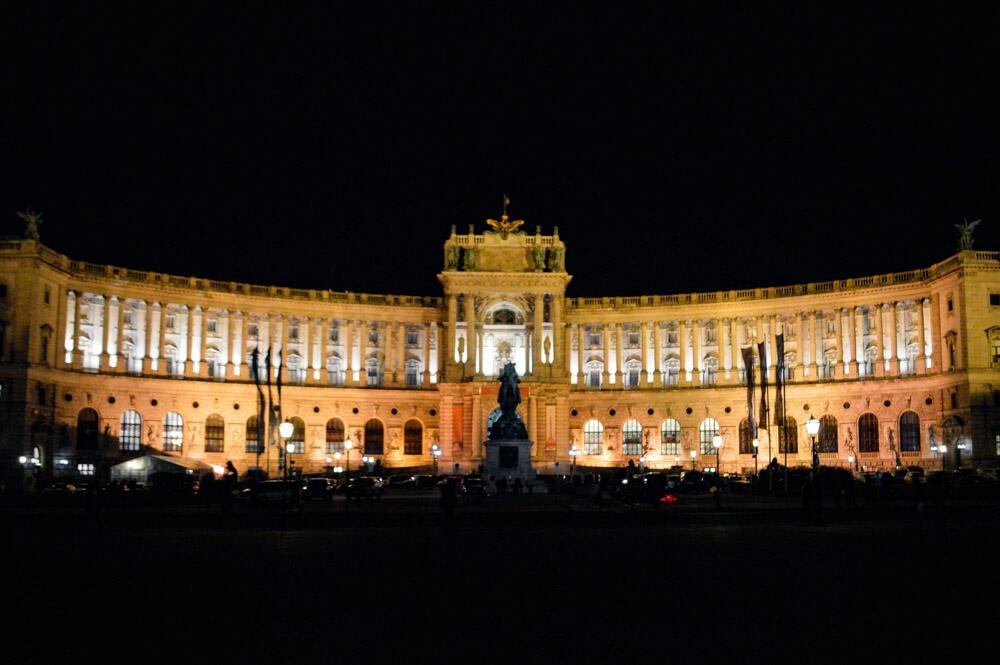

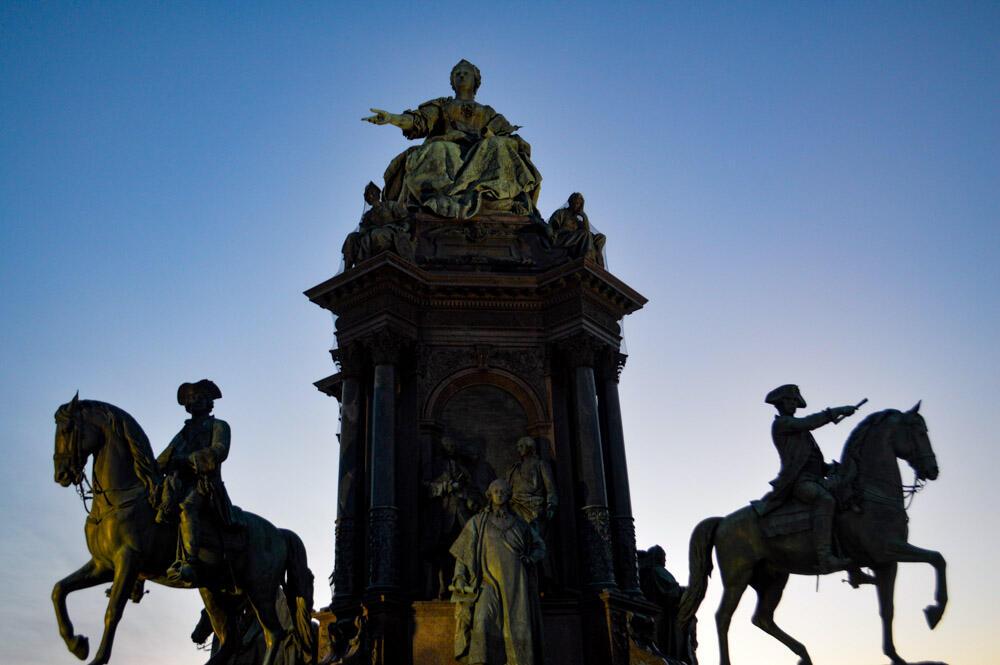
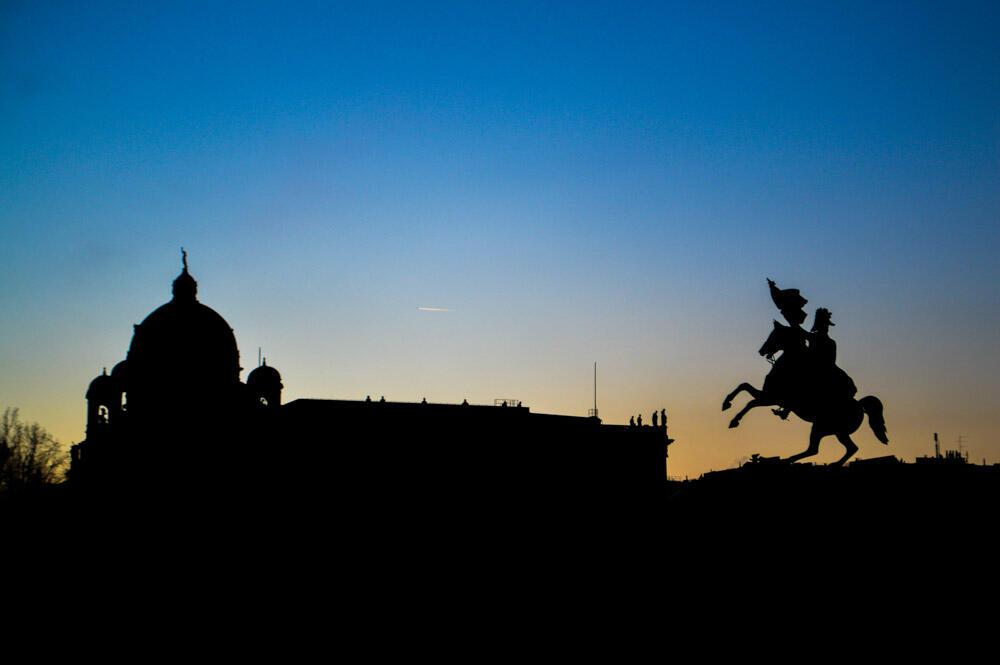

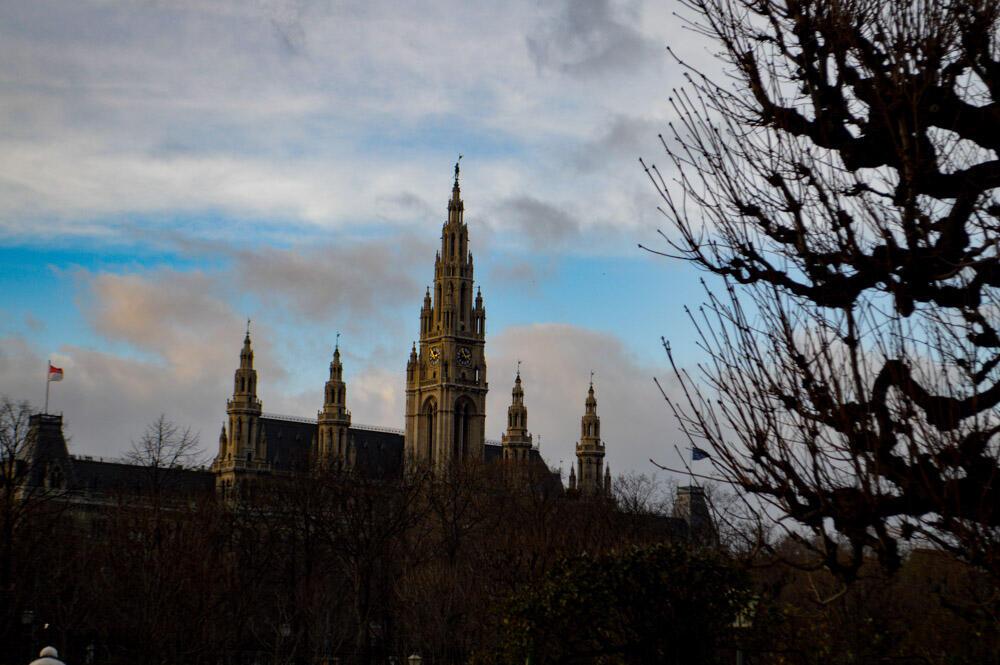
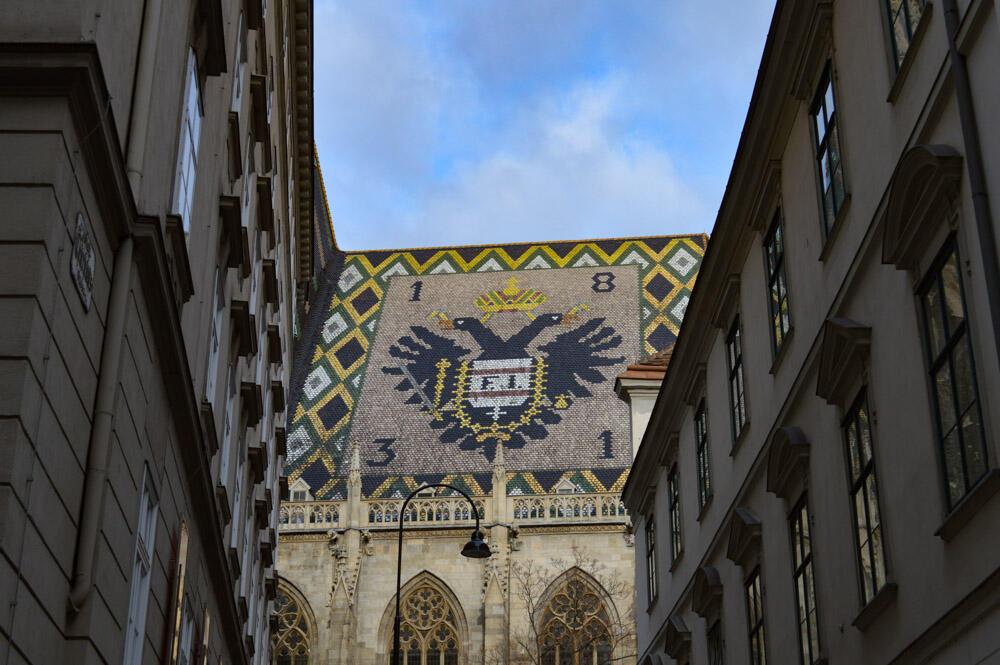
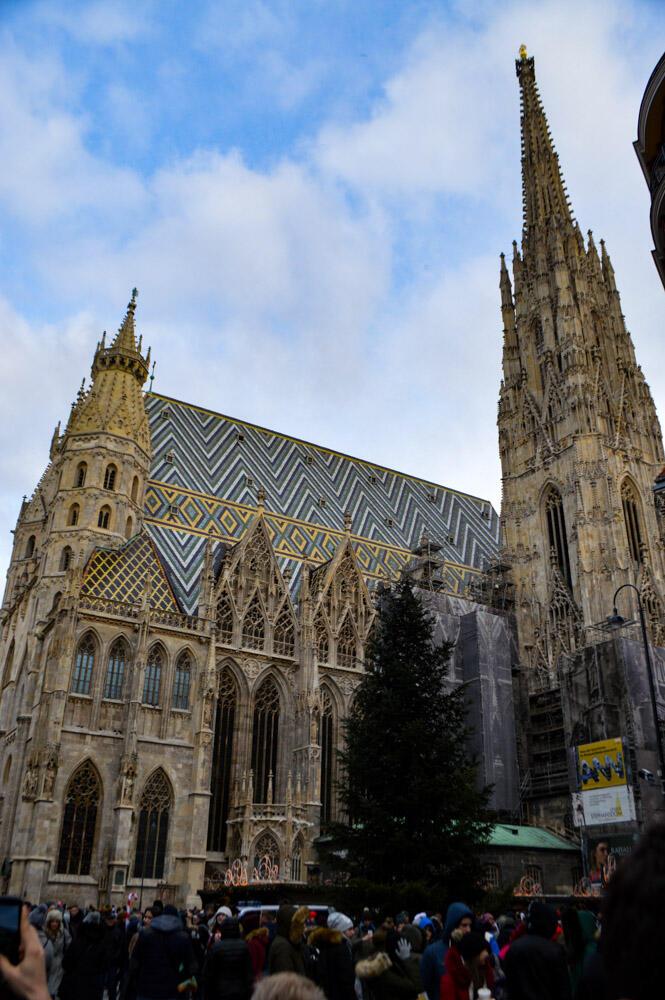

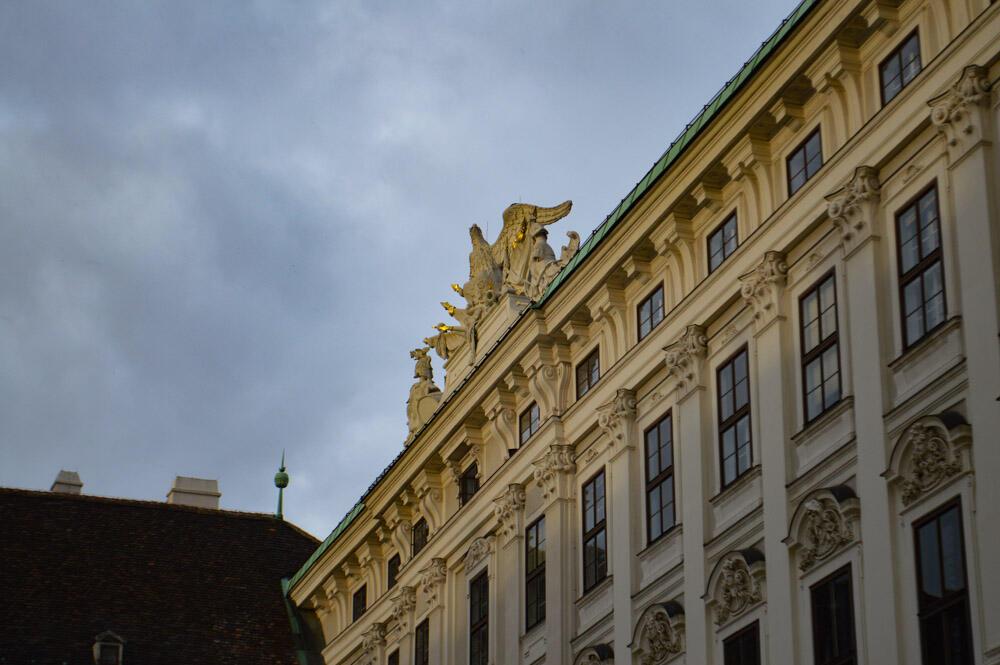
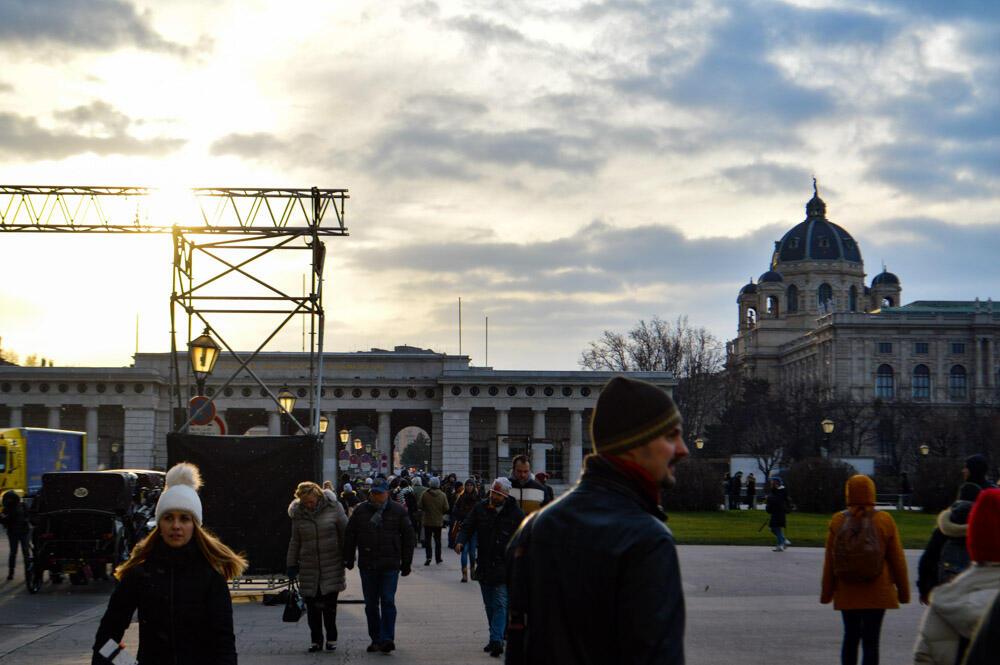
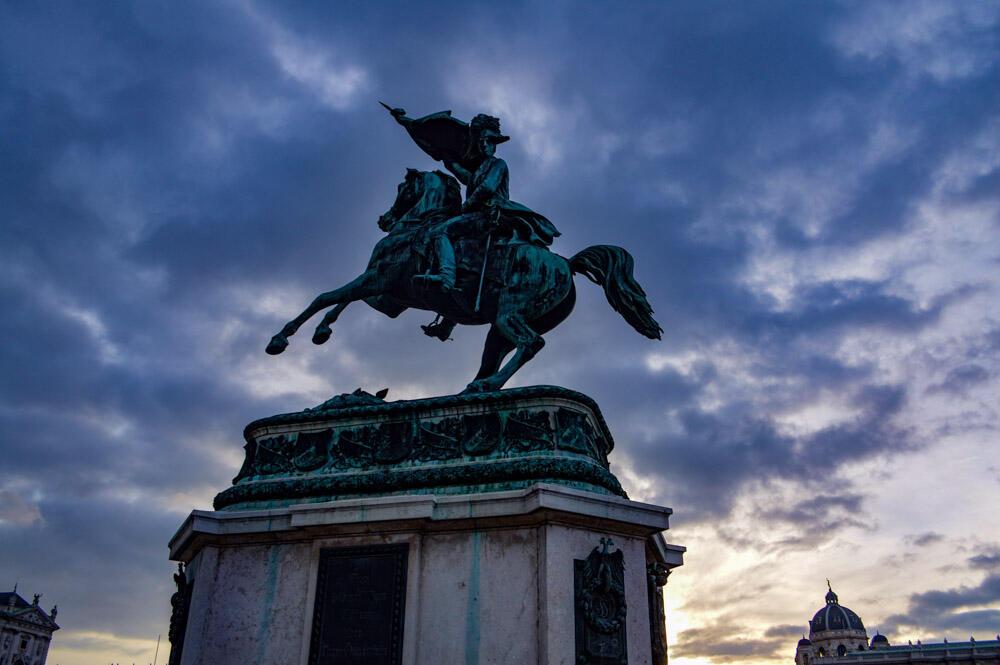
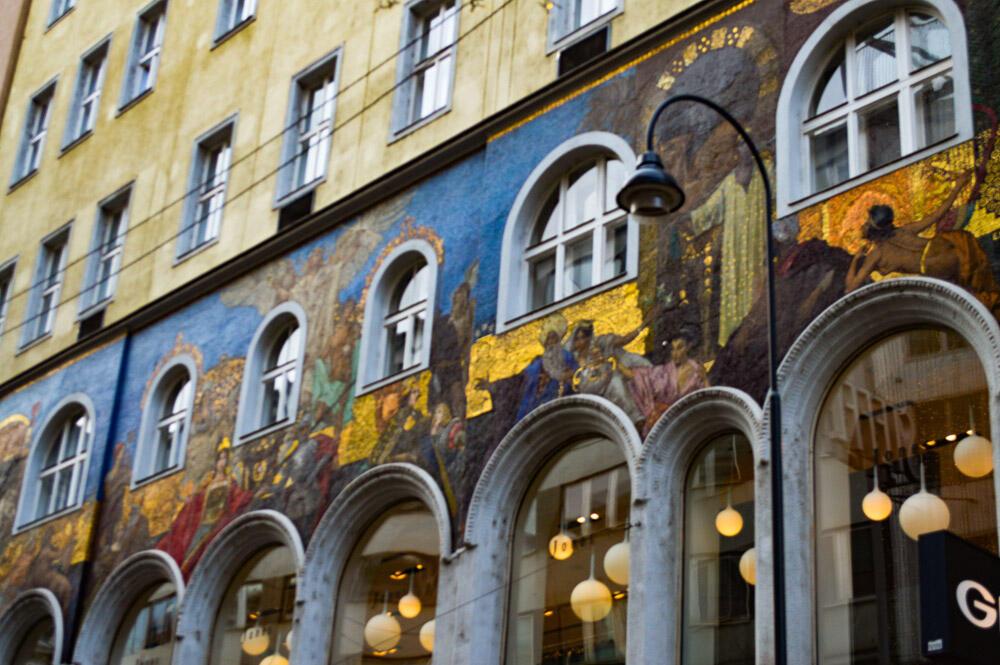
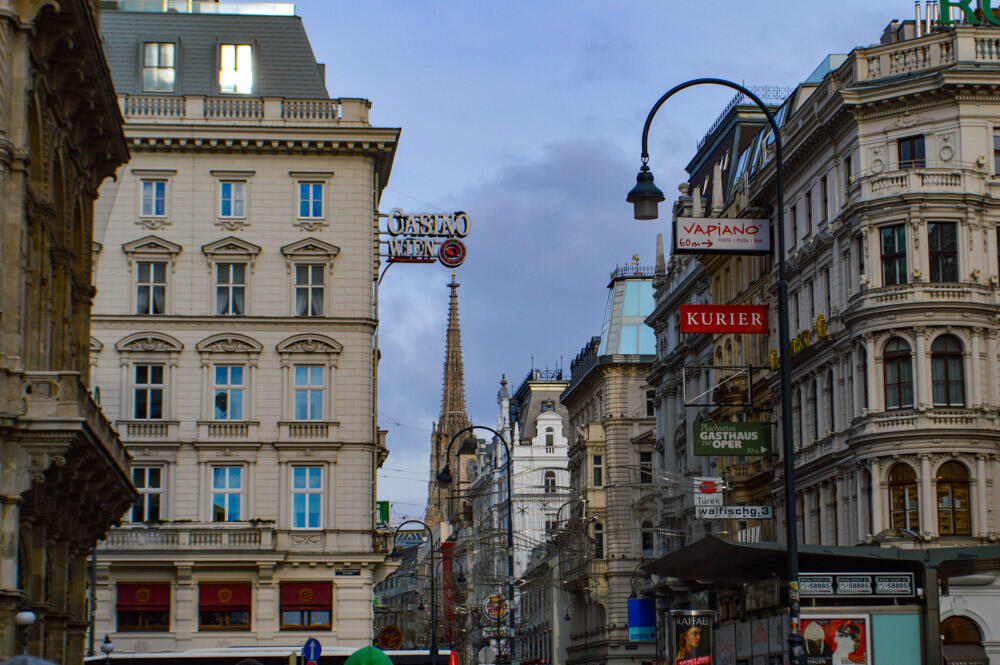
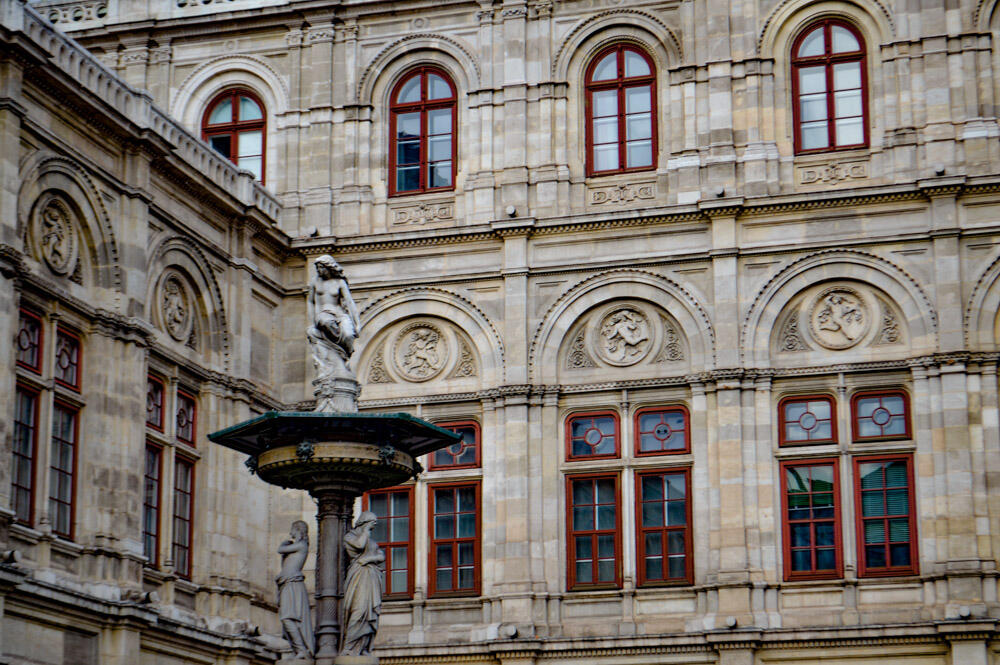
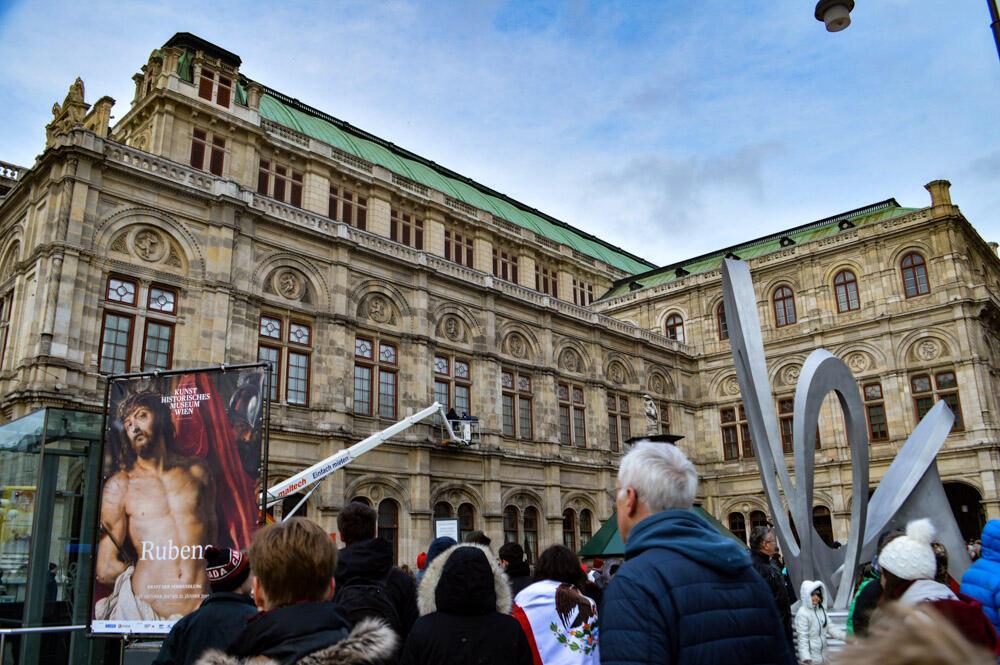
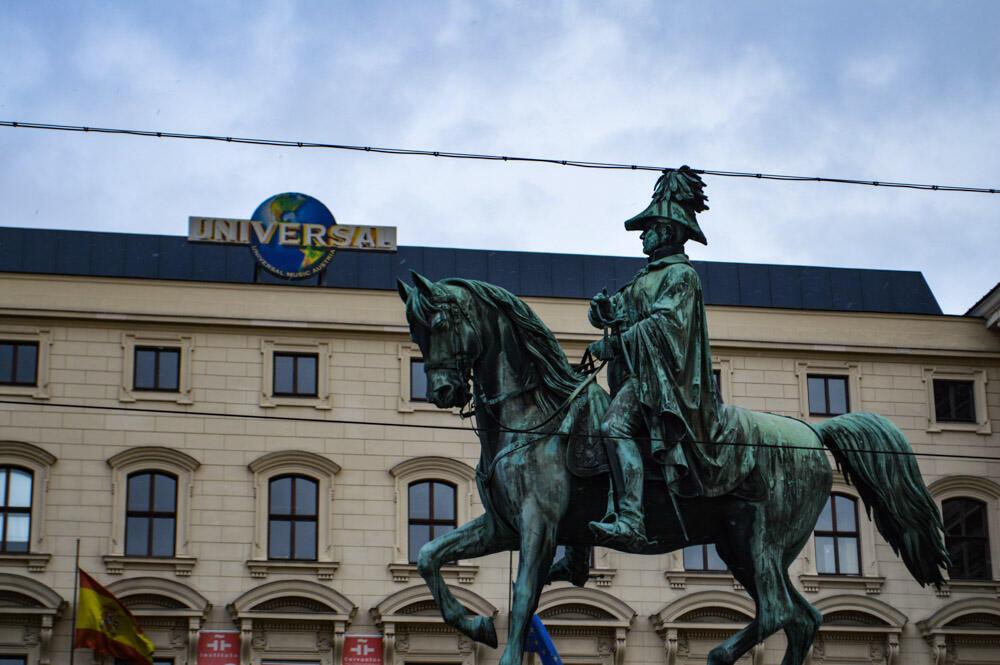
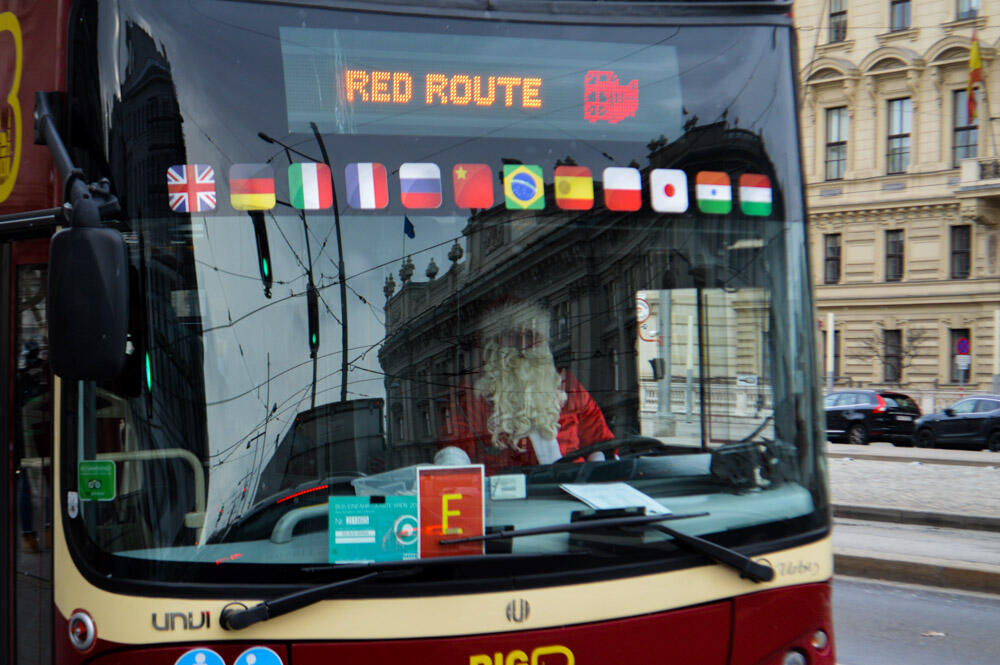
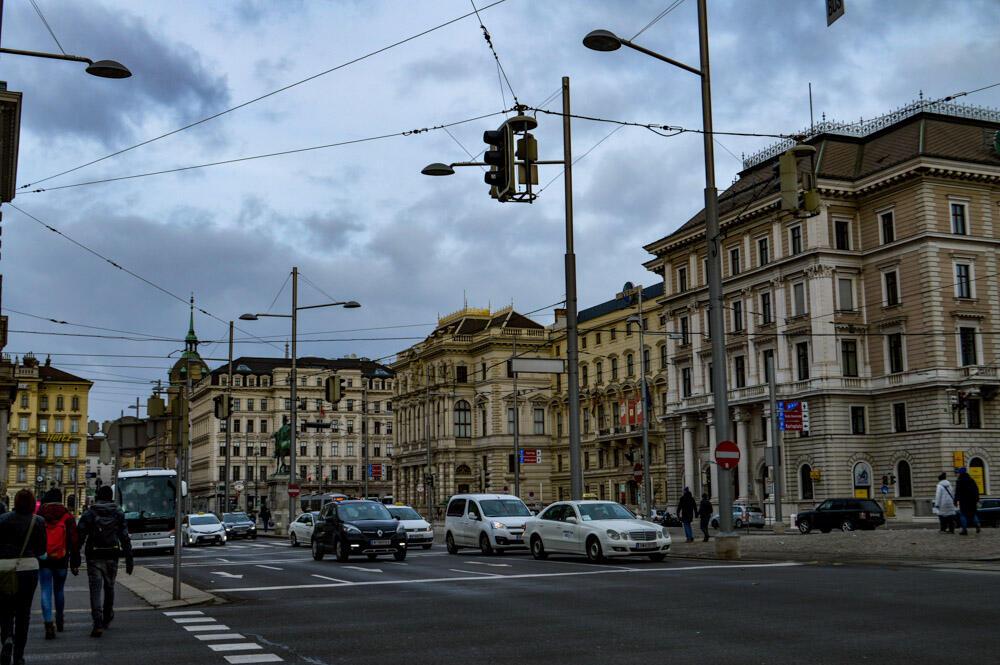
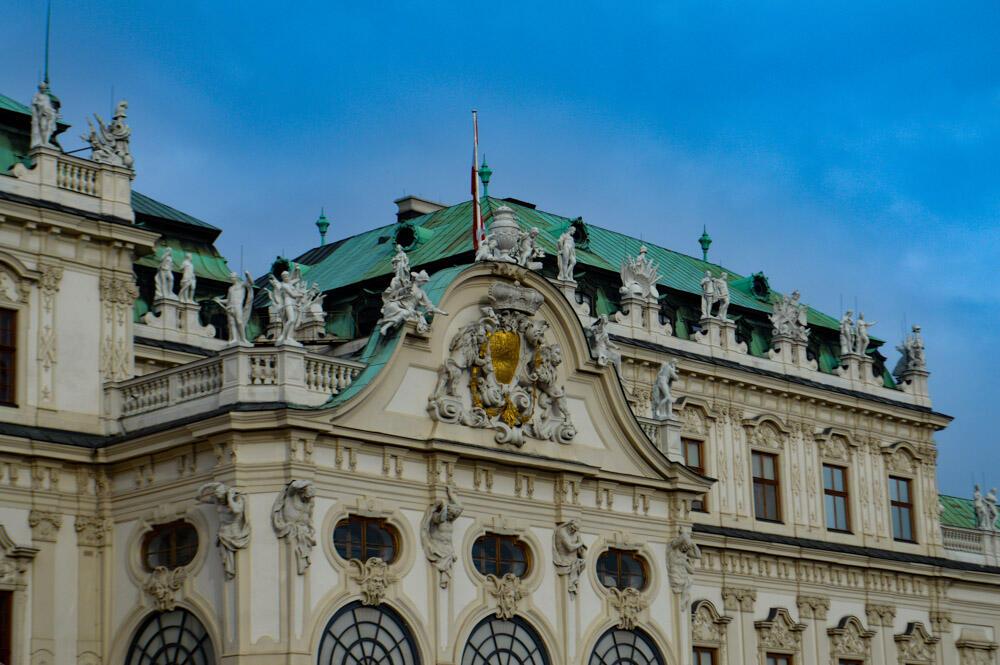
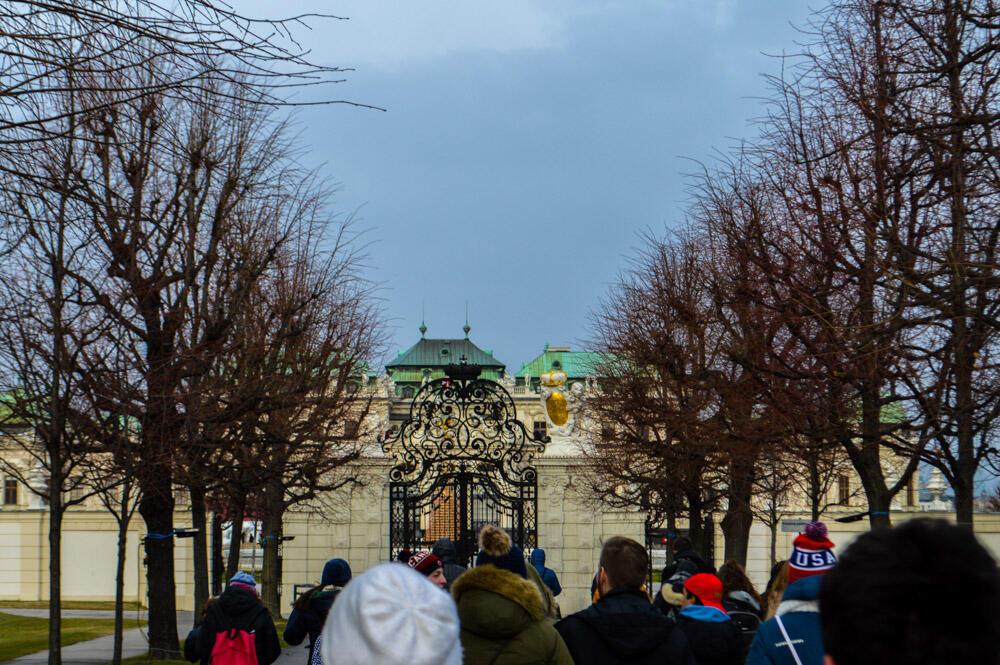
Our march ended in a square before St. Stephen’s Cathedral, where protesters chanted for Tibetan freedom. Rotary released us for an hour to see the church’s interior, wander the side streets, and eat lunch.
Famished, Alex, a student from California, and I set out to find a suitable meal. Preferably cheap street food which would reflect Vienna more than McDonald’s. First we stumbled into an empty Mediterranean restaurant just off the main avenue, only to discover it was a sit-down place for which we didn’t have time. We continued window browsing for a nice cafe or otherwise simple meal when we spotted several very cheap and well-made sandwiches sitting behind a foggy pane of glass and decided to step inside. Within, a impenetrable haze of smoke hung over a room that seemed no larger than the interior of a minivan. Three people slouched atop bar stools and sipped on acrid drinks served by an equally sour looking bartender. Their eyes trained on us immediately, seeming (at least to my flustered imagination) to demand we leave. I muttered some incoherent apology and backed through the door.
The side streets Alex and I unintentionally ended up exploring had rapidly fallen silent, even while a couple hundred feet away the main thoroughfare overflowed with pedestrian traffic. Here, modernization had touched lightly, manifesting only occasionally in a sign or parked vehicle. This quiet, scenic detour had proved worthwhile, but we still hadn’t eaten a thing. An Italian cafe provided momentary hope, only to be dashed as we gawked at the menu. 15€ for the cheapest items! Fortunately, the street we had stepped down to inspect the cafe led to a small Christmas market snuggled up to the cathedral. (Yes, ultimately we just made a big circle…) Here we found a stand selling appetizingly warm goulash bread bowls, which seemed irresistible in the stiff winter wind.
Alas, by the time we were warm and satiated, we had to rendezvous with the rest of the exchange students. This meant no tour of the cathedral’s interior—a loss I sorely lament. The structure was several times larger than any cathedral I’ve seen thus far!
The dance party resumed and we started towards our next destination. A semi circle drive, packed with horses drawn buggies and glass stalls selling expensive items, led to an impressive building: the Hofburg Imperial Palace and Austrian President’s residence. On the ground floor of the palace, a tunnel, through which carriages and cars alike passed, led us into a grand courtyard. Here, we took photos beneath a statue of Emperor Franz I.
An opposite tunnel opened this courtyard to an even larger space. Heldenplatz or Heroes’ Square we could see the National History Museum, National Natural History Museum, National Art Museum, National Library, and the City Hall of Vienna, as well as the Hofburg Palace from whence we had just come. The grand architecture and vast space evoked a truly imperial air. I was an awe inspiring place to be in. I was by no means the first to think so. In 1938, upon the Nazi annexation of Austria, Adolf Hitler gave a speech her to masses of fervent followers.
Here we were released once more, to explore Vienna’s legendary Christmas markets. But that is a story all its own.
Signed,
Andrew